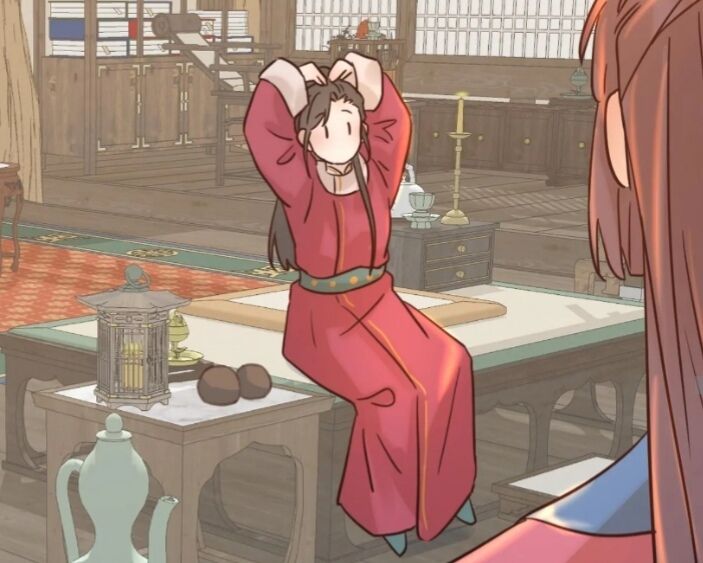Schistosomas (Blood Flukes)
Subdecks (6)
Schistosomes: Clinical Manifestations
TREMATODES LAB (Organized) > Schistosomas (Blood Flukes)17 cardsSchistosomes: Treatment & Control
TREMATODES LAB (Organized) > Schistosomas (Blood Flukes)4 cardsSchistosomes: Laboratory Diagnosis
TREMATODES LAB (Organized) > Schistosomas (Blood Flukes)12 cardsSchistosoma haematobium
TREMATODES LAB (Organized) > Schistosomas (Blood Flukes)10 cardsSchistosoma mansoni
TREMATODES LAB (Organized) > Schistosomas (Blood Flukes)11 cardsSchistosoma japonicum
TREMATODES LAB (Organized) > Schistosomas (Blood Flukes)11 cards
Cards (80)
- What type of organism are schistosomes?
- How do schistosomes differ from other trematodes?
- What is the intermediate host for schistosomes?
- How do schistosomes infect their hosts?
- Who is the definitive host for schistosomes?
- What is the diagnostic stage of schistosomes?
- What is the infective stage of schistosomes?
- Where do schistosomes primarily inhabit?
- What type of eggs do schistosomes produce?
- What disease is caused by schistosomes?
- Which species of schistosomes are found in Asia and Africa?
- What is the significance of schistosomiasis in human health?
- How is schistosomiasis classified in terms of global health?
- What historical evidence exists for schistosomiasis?
- SCHISTOSOMES: LIFE CYCLE
